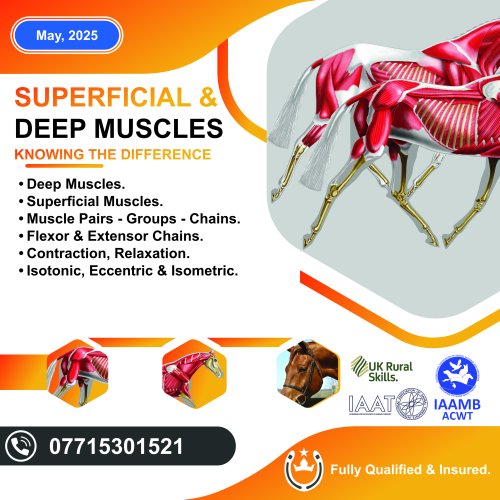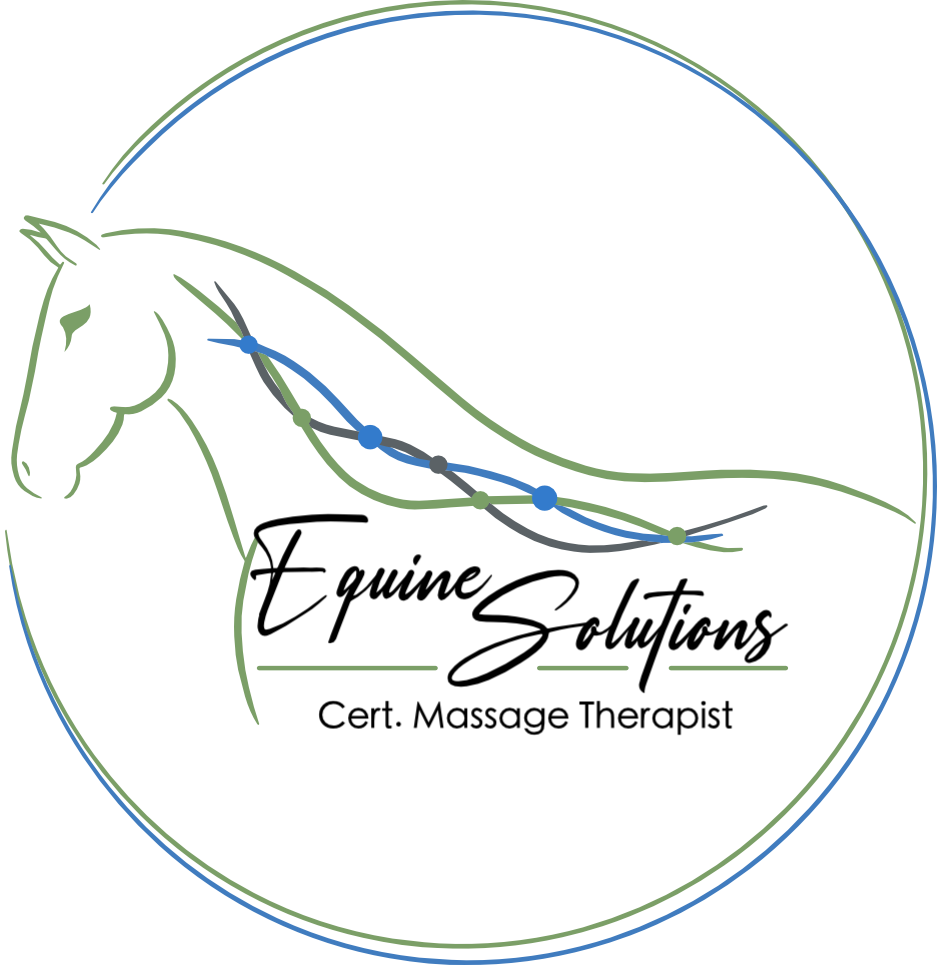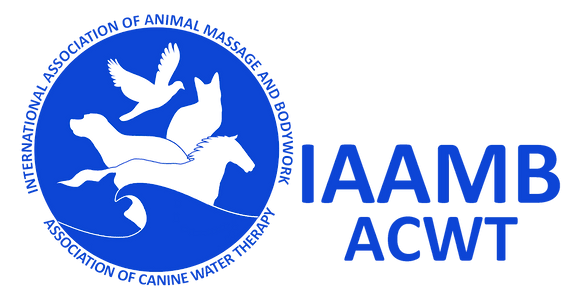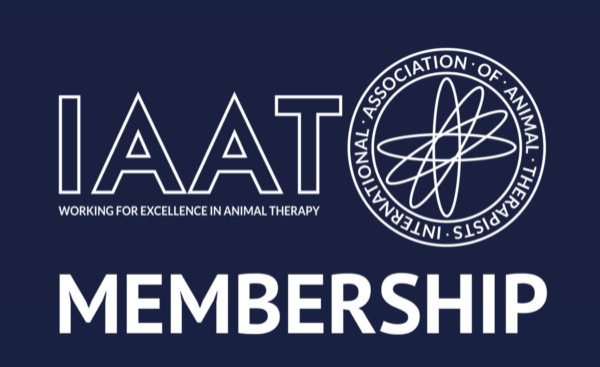Knowing the difference between deep & superficial muscles within your horse & how they work in harmony.
Deep Muscles
The deep muscles within your horse lie beneath the surface layers. They play a vital role in your horse’s stability, posture & core strength. Your horse’s deep muscles are constantly working behind the scenes to support joints, maintain balance & are essential for soundness & coordination.
Key Roles
➡️ They attach directly to bone.
➡️ Are located close to the joints.
➡️ Often have a number of points of origin and insertion.
➡️ Are often responsible for supporting individual joints - for example, the deep gluteal muscle only affects the hip joint.
➡️ Have a high number of nerve endings, which makes them more sensitive to postural alignment.
Superficial Muscles
The superficial muscles lie just below the surface of the horse’s skin. These muscles can easily be seen & felt. Muscles like the Latissimus Dorsi & the Trapezius are examples of such superficial muscles. Superficial muscles are responsible for movement, power & expression. They help with protraction (moving forward) & retraction )moving backwards)
As a massage therapist it’s my role to consider both these types of muscle groups when working with your horse. Power is nothing without stability. The two groups work in harmony with each other and dysfunction in one can readily affect the other.
Muscle Pairs → Groups → Chains
Put simply muscles work in pairs. As one muscle contracts, the other lengthens. This allows movement to happen. For example, in your arm, the biceps contracts & the triceps relax to flex the elbow & visa versa to extend it.
➡️ Another important point to remember is that no one joint is operated by one muscle alone. Movement is therefore dependant on groups of muscles working together to create fine precision and smoothness. when one group of muscles contract, the opposite group of muscles relax. The two groups of muscles are known as agonists which move the body part by shortening or contracting the muscle or antagonists which relax or stretch to allow the movement to happen.
➡️ Not only do muscles work in pairs and groups, they also work in chains. Chains facilitate precise control and continuous flowing movement. The presence of muscle chains helps to explain compensation mechanisms and why, when there is restriction in a muscle in one part of the chain, movement is compromised in another. There are 2 main muscle chains - Extensor & Flexor chains.
The extensor chain - These muscles, which make up the horse’s topline are situated above the spine & behind the hip. Sometimes called the extensor chain as they extend the hip & spine, hollow the back & raise the head. This chain of muscles are largely responsible for forward propulsion.
The flexor chain - These muscles make up the bottom line & lie underneath the spine, in front of the hip and include the abdominal muscles. They are also known as the flexor chain because they help to flex the hip & vertebral joints, raising the back & withers and lowering the head. As part of the ‘core’ muscles they have an important role to play in supporting & maintaining the correct posture of the back. They are also important in all movements requiring collection.
The flexor & extensor chains work in harmony together & when correctly balanced create a state of equilibrium. We must take care not to focus primarily on the top line, thus forgetting the tone of the abdominal muscles. The importance of the abdominal extensor muscles cannot be over emphasised.
Understanding how muscles work synchronously in chains, enables us to appreciate that no one part of the horse’s body can be affected in isolation. Muscularly influencing one part of the chain will cause an effect within both that & the agonistic chain. For example, increased flexion in the hip joint has to affect the positioning of the pelvis, back & consequently the neck through the muscle chains.
Types of Contraction
Understanding muscle contraction is another concept that will enable the rider to train more sympathetically. Muscles are signalled to contract via nerve impulses. Relaxation occurs when the nerve impulses cease. Very simply as muscles work they perform one of two actions. These are:
1. Isotonic - This is where the muscle contraction results in movement. This type of contraction can be subdivided into two further categories although all movement uses a mixture of both. They are:
➡️ Concentric where a muscle shortens to create movement.
➡️ Eccentric where the muscle gradually lengthens to control movement, support and stabilise joints. This type of contraction also acts as a shock absorber during an abrupt movement such as halting abruptly.
2. Isometric - This is where the muscle is working hard but there is no change in the muscle length as it contracts to hold a position.
Isometric & Eccentric muscle contractions tend to create greater fatigue, tension and associated discomfort than concentric muscle contraction, particularly if the muscle is not appropriately conditioned. When relating these contractions to training it is particularly important to understand the significance of isometric contraction.
I will post part 2 of the types of contraction going into more detail soon……





